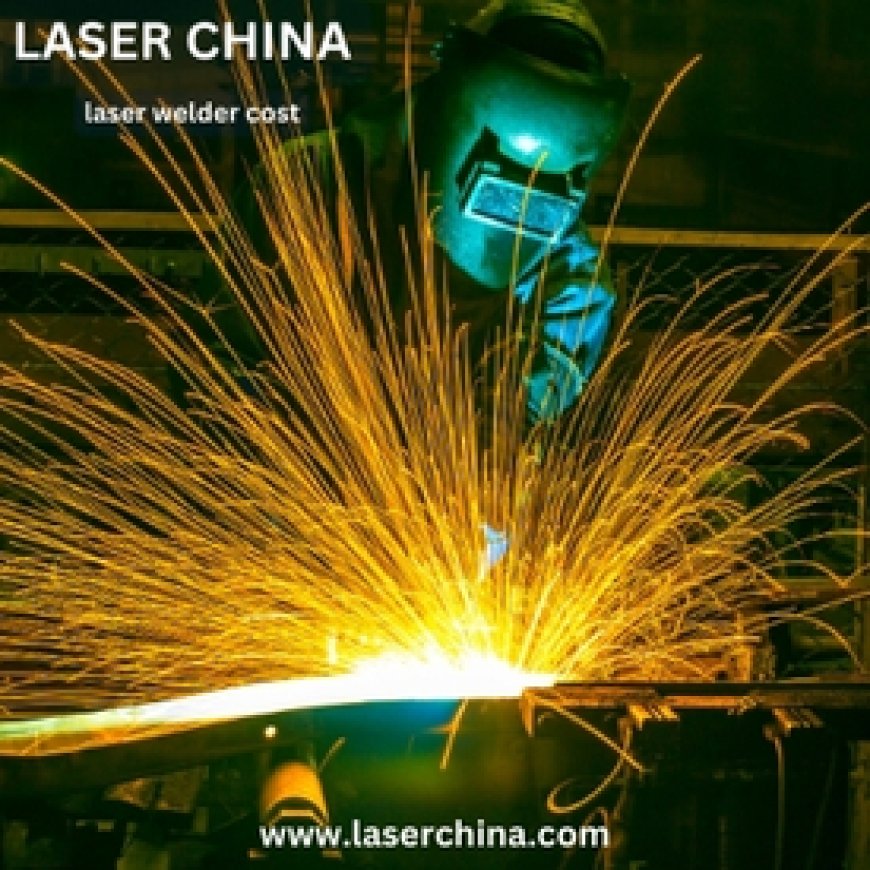Illuminating the Landscape: A Comprehensive Guide to Laser Welder Cost and Pricing Considerations
Finally, the geographic region, local market conditions, and applicable taxes or duties can all contribute to the final laser welder cost. These external

In the rapidly evolving world of modern manufacturing, the laser welder has become a transformative tool, redefining the boundaries of precision, efficiency, and versatility in the welding industry. These cutting-edge machines harness the power of laser technology to deliver unparalleled results, enabling professionals to tackle a wide range of welding challenges with unmatched accuracy and speed. As you navigate the laser welder cost market, understanding the key factors that influence the cost of these innovative tools can be crucial in finding the perfect solution that aligns with your budgetary constraints and operational needs.
At the heart of laser welder pricing lies the type of laser technology employed. From the ubiquitous CO2 lasers to the increasingly popular fiber lasers, each technology offers its own unique advantages and corresponding price points. CO2 lasers, known for their robust performance and reliability, often occupy the more affordable end of the spectrum, making them a viable option for budget-conscious applications. In contrast, fiber lasers, with their exceptional beam quality, energy efficiency, and compact design, tend to command a higher price tag, though their long-term cost savings and enhanced capabilities can justify the investment.
The power output of the laser welder is another critical factor that directly impacts its cost. Higher-powered models, capable of handling thicker materials or more demanding welding tasks, generally come with a more substantial price tag. These advanced units often feature sophisticated beam-shaping optics, advanced cooling systems, and cutting-edge control interfaces that contribute to their premium pricing. Conversely, lower-power laser welders, designed for lighter-duty applications or specific industries, typically have a more accessible cost structure.
The level of automation and intelligent features integrated into the laser welder can also play a significant role in its pricing. Units that incorporate advanced functionalities, such as real-time monitoring, adaptive control systems, or user-friendly programming interfaces, tend to be priced higher than their more basic, manually-operated counterparts. These intelligent features not only enhance productivity and ease of use but also provide greater control and precision over the welding process, making them a valuable investment for high-volume or complex applications.
The quality, durability, and overall construction of the laser welder can also significantly impact its cost. Industrial-grade, heavy-duty models designed for continuous, demanding use will generally command a higher price point than consumer-level or entry-level units. The use of premium materials, robust mechanical components, and advanced safety features all contribute to the overall cost of these professional-grade welding machines.
Accessories and ancillary equipment can further influence the total cost of a laser welder. Things like specialized optics, shielding systems, or complementary software and control interfaces can add to the overall investment required. Carefully assess the accessories and add-ons that are essential for your specific welding needs, as they can have a substantial impact on the final price tag.
The reputation and brand recognition of the laser welder manufacturer can also be a factor in pricing. Established, industry-leading brands often charge a premium due to their proven track record of quality, reliability, and customer support. However, this doesn't mean that lesser-known or more budget-friendly options are inherently inferior; it's crucial to thoroughly research and compare the features, specifications, and customer feedback for each potential purchase to ensure you're getting the best value for your investment.
Finally, the geographic region, local market conditions, and applicable taxes or duties can all contribute to the final laser welder cost. These external factors can vary significantly, so it's essential to research the pricing trends and availability in your specific location to make an informed decision that aligns with your budget and operational requirements.
By understanding the key drivers behind laser welder cost, you can navigate the market with confidence, making a well-informed decision that not only meets your immediate needs but also delivers long-term value and cost-effectiveness. Embrace the power, precision, and versatility of these innovative welding tools and unlock new levels of productivity, efficiency, and innovation in your industry.
What's Your Reaction?
 Like
0
Like
0
 Dislike
0
Dislike
0
 Love
0
Love
0
 Funny
0
Funny
0
 Angry
0
Angry
0
 Sad
0
Sad
0
 Wow
0
Wow
0




















































